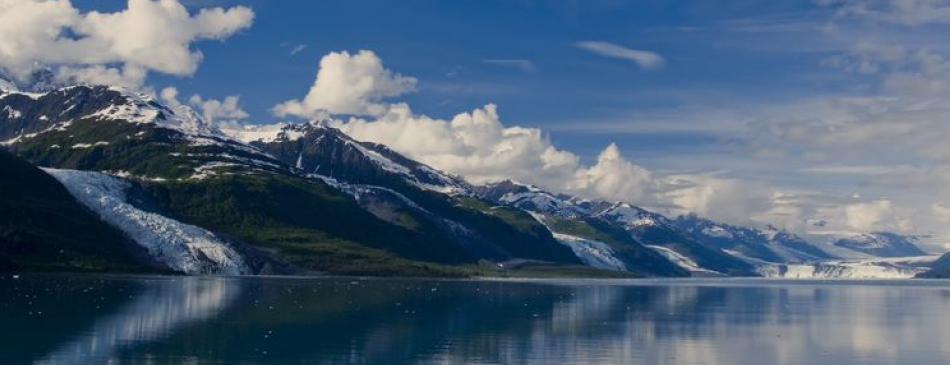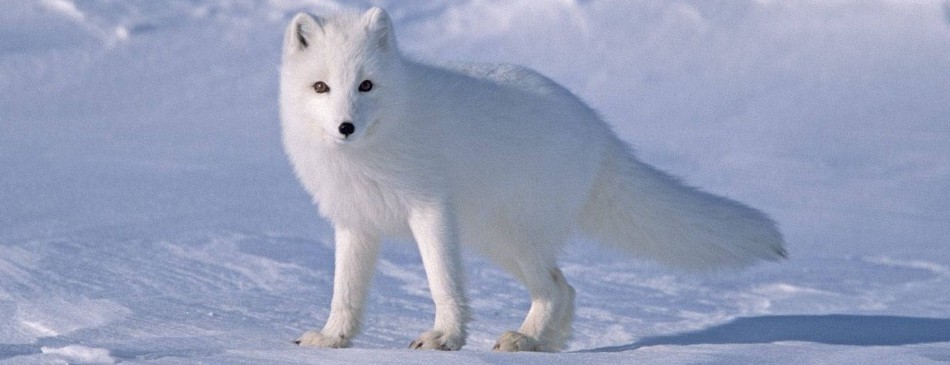|
The Arctic grayling (Thymallus arcticus) is one of the most beautiful freshwater fishes of Alaska. Its most striking physical features are the large, sail-like dorsal (back) fin and colorful body markings. The Arctic grayling comes in a wide array of colors. Coloration can vary from stream to stream. Their dorsal fins are typically fringed in red and dotted with large iridescent red, aqua, or purple spots and markings. These colorful markings are most dramatic on large grayling. Arctic graylings’ backs are usually dark. Their sides can be black, silver, gold, or blue. A band of gold forms a border between their sides and white bellies, which are in sharp contrast to their pelvic fins striated with iridescent orange, red, or pink. The sides of the body and head can be freckled with black spots. A black slash lies on each side of the lower jaw. The iris of their eyes is often gold in color. Only their adipose, caudal (tail), pectoral, and anal fins are without much color; typically dull and gray. Arctic grayling are larger and thicker than that of its cousins (salmon, trout, and char) and they sport a unique scalloped edge.
There are six grayling species in the northern hemisphere, but the Arctic grayling is the only species found in North America. Arctic grayling occur throughout the Arctic as far west as the Kara River in Russia and east to the western shores of Hudson Bay in Canada. They were once common as far south as Michigan and Montana, but the Arctic grayling has almost disappeared from the northern United States because of overfishing, competition from introduced species, and habitat loss. Some mountainous western states, including California and Arizona, stock Arctic grayling in their lakes. In Alaska, grayling have the largest natural range of any sport fish, occupying nearly the whole state. You won’t find Arctic grayling on Kodiak Island or Southeast Alaska, except in a few stocked lakes. There are no grayling in the Aleutians.
During the brief summer, Arctic grayling are voracious feeders. They will eat almost anything that moves, but drifting aquatic insects, especially black flies, mayflies, stone flies, and caddis flies are their primary food items. At times, grayling will gorge upon the eggs of spawning salmon, smaller fish, or terrestrial (land) insects that have fallen into the water. They may even eat an occasional vole or shrew! One grayling had seven shrews in its stomach. Another’s stomach contained 65 chum salmon smolt (small salmon heading to sea).
During winter, Arctic grayling feed minimally. They conserve energy by occupying lakes or the deeper, slow-current pools of medium-sized rivers such as the Chena and Gulkana, or in large glacial rivers like the Tanana, Susitna, and Yukon. Unlike many other fish, Arctic grayling can tolerate low dissolved oxygen levels (a common condition beneath the ice). This ability allows grayling to survive the long winters in areas where many other fish would die. Arctic grayling have evolved many strategies to meet the needs of life in harsh and uncertain environments. Some grayling migrate. They take advantage of different streams for spawning, growing up, summer feeding, and overwintering. Other grayling may complete their entire life in only a short section of a single stream or lake. With the coming of spring, grayling begin an upstream migration to spawning grounds. Immediately after spawning, adult grayling begin their migration to summer feeding areas. The travelling distance can be less than a kilometer or up to 160 kilometers (100 miles.) Some grayling faithfully return every year to the very same spawning and feeding areas. You can find Arctic grayling of different sizes and ages throughout a whole river system. However, there is a discernable pattern of grayling sizes from a river’s headwaters to its mouth. The older, larger adults tend to lay claim to the cooler upper reaches of river and stream systems. The sub-adults occupy the middle. Juveniles live in the lower reaches of a river; warmer water in the lower river helps speed growth. In the early fall, grayling begin to slowly migrate back to overwintering areas, which are typically downstream of feeding areas. Arctic grayling spawn for the first time between the ages of 4 and 7 years and at a length of about 255 to 305 millimeters (~10 to 12 inches.) The eggs are about 2.5 millimeters (1/10 inch) in diameter and are slightly heavier than water, so they sink to the bottom; lodging in between pebbles and gravel. A female, depending on size, may have between 1,500 and 30,000 eggs. Because grayling live up to 32 years in Alaska, they may spawn many times during their life. Grayling fry hatch about three weeks after spawning and are akin to a short 13 millimeter (½ inch) piece of thread with two eyes.
|







